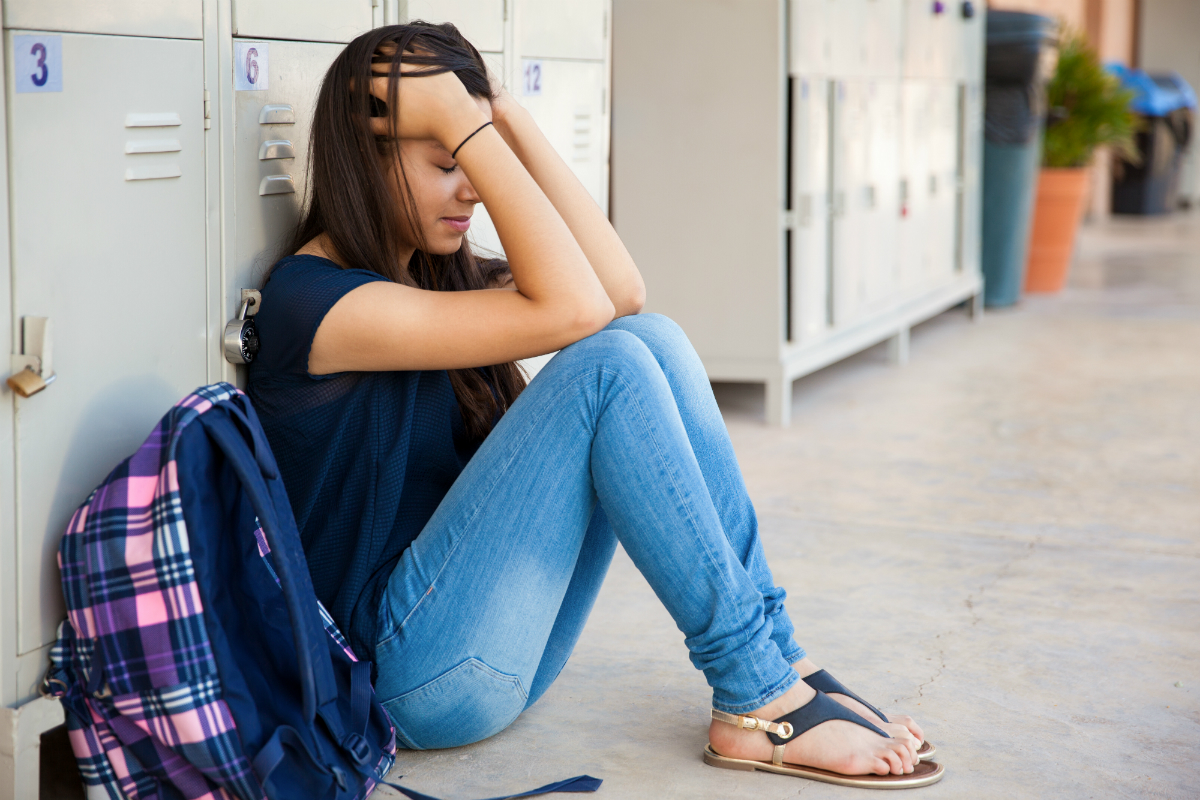An online forum hosted by Education Week at the end of March delved into how schools can tackle student and staff mental health issues in the wake of the pandemic.
Facing increasing trauma, depression and anxiety while lacking adequate levels of mental health supports, school communities will be navigating fallout related to COVID-19 long after the public health crisis has ended.
The event featured staff from the publication as well as guest speakers and covered how schools are and should be focusing their resources, as well as the challenges they may face in supporting staff and students.
“In addition to the illness, death and educational disruption that the pandemic has brought to school communities, it’s worsened longstanding mental health challenges for students and school staff alike,” said EdWeek’s Deputy Managing Editor Mark Bomster. “The road to recovery depends on the collective will of policymakers and creativity on the part of educators on the ground in finding ways to help their colleagues and students.”
As Bomster pointed out, the mental health crisis has been recognized at the “highest levels” with President Joe Biden calling for $1 billion in funding for school mental health professionals in the latest federal budget and troubling new data from the Centers for Disease Control and Prevention on the pandemic’s impacts on the mental health of U.S. high schoolers. In 2021, 37 percent of high schoolers reported experiencing poor mental health during the pandemic and 44 percent said they had persistently felt sad or hopeless in the last year.
Meeting younger students’ needs
While there is an obvious concern and need for action to support high school students, the webinar also included conversation around the needs of younger children, as there isn’t as much training on spotting signs of mental health needs for the group.
“We have seen a trend of younger and younger kids presenting with suicidal thoughts and behaviors,” said John Ackerman, child clinical psychologist and the suicide prevention coordinator at the Center for Suicide Prevention and Research at Nationwide Children’s Hospital.
Signs of distress are often different in younger students than their older peers, Ackerman noted.
“The types of things you’ll see with younger kids who are at significant risk for self-harm or suicide or perhaps just being in a lot of distress are things like acting out behaviorally, major changes in sleep and ways that they’re managing stress,” Ackerman explained. He noted that younger children do not have the same access to language or ways to regulate big emotions, “so a lot of time they’re left with intense feelings that they’re not able to communicate.”
A common misconception held by adults is that children under age 10 aren’t having suicidal ideations. There are ways to have developmentally appropriate conversations with young people that can be helpful, Ackerman said. Though this might scare families, educators can also engage them in thoughtful discussions.
When asked how schools can deal with the aftermath of a death by suicide in their community, Ackerman referenced “After a Suicide: A Toolkit for Schools, Second Edition,” a free resource available to educators.
“The Education Week Research Center survey found that a quarter of school and district leaders have begun or expanded suicide prevention training for staff and teachers since the start of the pandemic,” said Madeline Will, staff writer at Education Week. “Most of those trainings focus on high school students but … we are seeing some programs focus on prevention for younger children and that’s increasingly becoming a need.”
Staff
The National Association of School Psychologists recommends one psychologist per 500 students but only 8 percent of school districts in the U.S. meet that mark, according to data from EdWeek. The American School Counselors Association recommends a ratio of one counselor per 250 students; only 14 percent of districts meet that ratio. In fact, 39 percent of districts have no psychologists at all, and 9 percent have no school counselors.
The biggest challenge to meeting student needs is the national shortage of school counselors and psychologists, said Will. Having overwhelming caseloads or being asked to fill in in other roles, like being a substitute for a class, doesn’t allow the professionals to provide the personal, individualized support they want to.
According to Will, some educators are worried that too much focus is being placed on catching students up academically and that it’s at the expense of their social-emotional needs. Problems are compounded when students miss school due to mental health needs.
Finding ways to address staff’s social-emotional needs is another task districts are facing.
“A lot of districts have offered sessions on self-care like meditation or breathing exercises and administrators will encourage teachers to take a walk or do yoga. Some teachers say that’s helpful and well-intentioned but it’s not always enough because it doesn’t always get at the root causes of what’s causing the stress,” Will said.
In a video played during the forum, EdWeek reporters listed things teachers want, including more counselors, psychologists and social workers; better pay; smaller class sizes; and more time to prepare. Additionally, they’d like fewer emails and meetings and more opportunities to work alongside district leaders.





